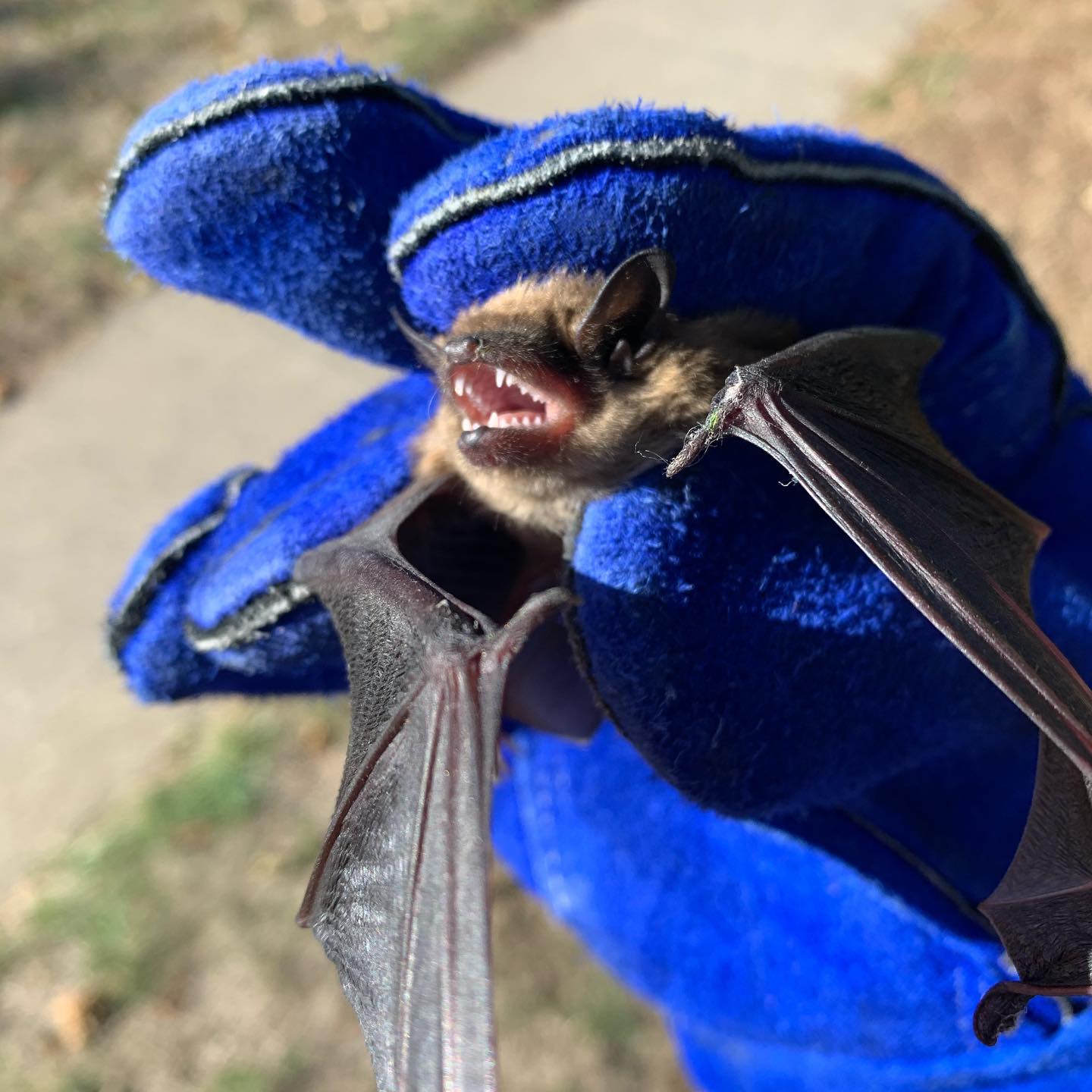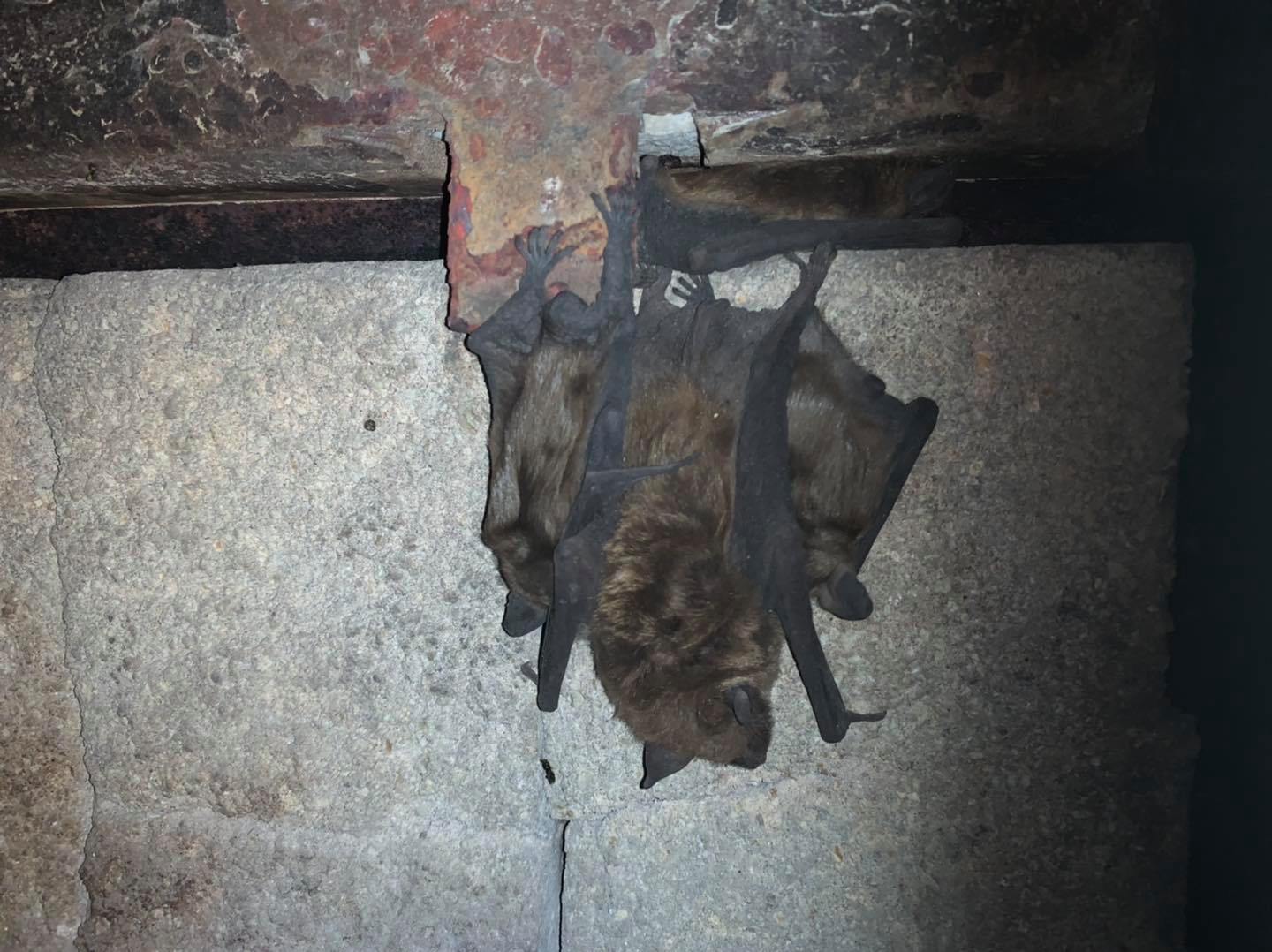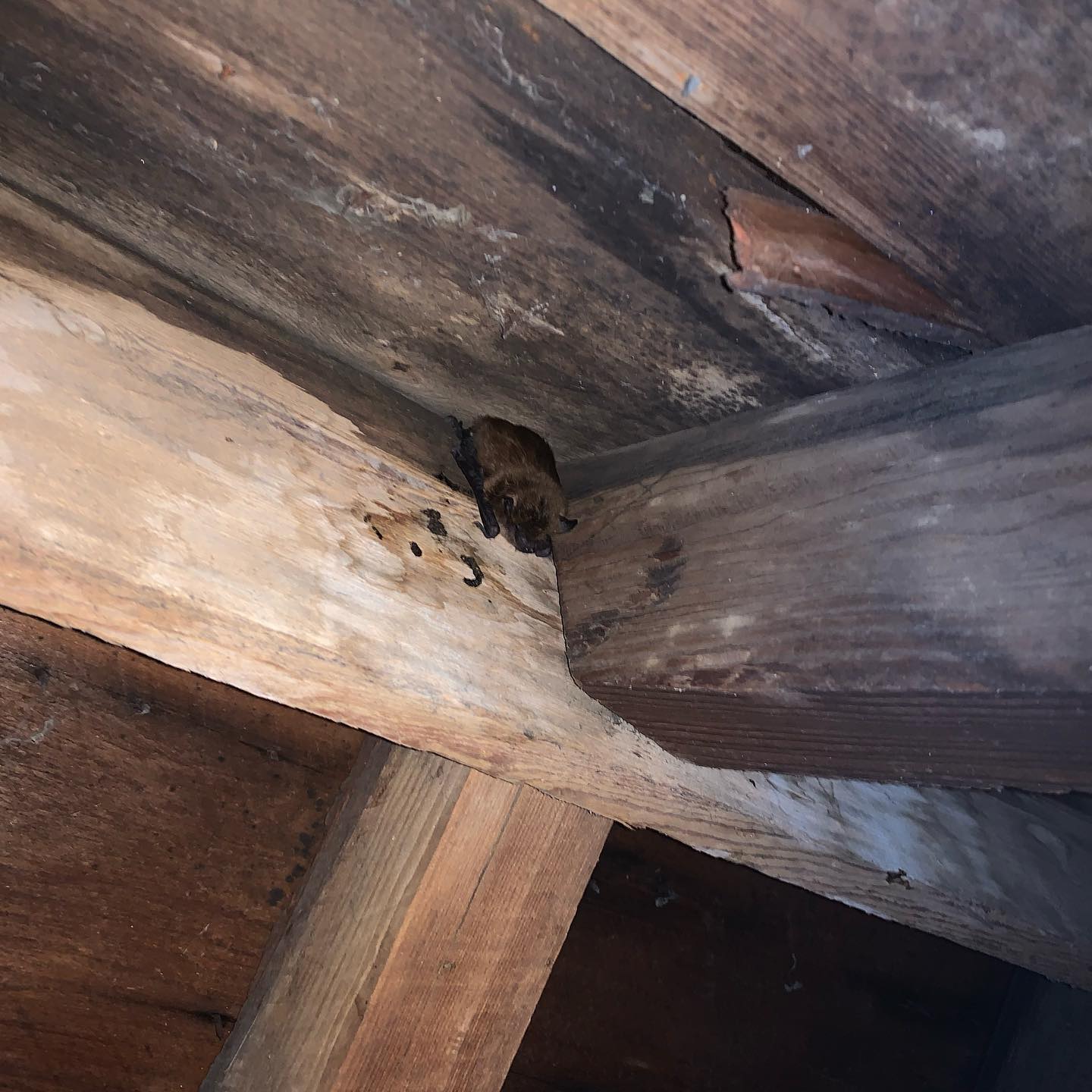
This is How Bats Are Getting Into Your House
Posted by Jared Houliston Monday, August 4th, 2025 | 6,112 Reads
 You Think You Got Bats?
You Think You Got Bats?
A lot of homeowners are shocked when they find out a bat is living in their home or attic, and are left wondering how they got in, and how to keep them out. This goes with property managers too.
In this article we’ll layout some examples of the ways bats get into a home, and what you can do as a home owner to ensure they won’t get back in again in the future.
The signs of bats living in your home
Let the reader note that there are 7 primary signs that bats live somewhere in your home:
- Piles of bat guano (droppings) at entry points and on attic floors
- Greasy marks around holes which are entry points
- A strong odour from guano and urine in enclosed areas
- Small swarms of flies or other insects gathering around entry holes and guano deposits
- Hearing fluttering and squeaks near your home in the morning and evening
- Visible activity around your home in the evening
- Warm spots in the attic or walls (visible with a handheld thermal imaging device)
If you’re still not sure the animal is bats, read our article on the signs bats are living in your attic, to ensure they are indeed the animal you’re dealing with.
Where Bats Typically Roost in a Home
Bats like dark environments that protect them from weather extremes and predators. They usually go undetected for quite a while before being discovered but homeowners eventually sense their presence through faint rustling sounds in walls or the attic at night, piles of bat guano (bat droppings) near entry points, and grease stains near entry points.
The following are the typical areas bats will roost in a home:
In the attic
Bats can be found roosting anywhere in an attic they feel safe in. If bats are living in you’re attic, it’s not always easy to see them because they hide behind wood beams other structures. A good way to know if bats are in your attic is by the clustered piles of bat guano (bat droppings) that may be sporadically around your attic.
 Behind walls and outdoor siding
Behind walls and outdoor siding
Bats can easily enter tiny gaps to gain access behind walls and exterior siding, where they can hide during daylight hours. When bats roost in walls and siding, they can go unnoticed for a few seasons, because they’re very quiet during the day and virtually undetectable to the untrained eye.
Soffits, eaves, and roof edges
Soffits, eaves, and roof edges are also other common roosting sites for bats through small gaps where building materials converge. These gaps areas around the trim, fascia boards, or soffit panels and create ideal access points. Bats are drawn to these locations because they offer sheltered roosting spots that are elevated and protected from ground-based predators.
Chimneys and dormers
Chimneys and dormers are not the most common areas bats will roost, and are more used for bets to enter a home. These areas are favoured for their protection from wind, rain, and predators, and offer easy in-and-out access, compared to attics and soffit areas.
Behind shutters or loose exterior trim
Bats frequently exploit spaces behind shutters, loose exterior trim, or under shingles and flashing because these areas give them a narrow but protected crevices where they can be undisturbed from sunlight and predators. When these areas of a home are poorly secured or maintained, they provide ideal hiding spots and entry points, and are difficult to detect.
How regular inspections help identify entry points and seal them up
Regular exterior inspections involve detecting and addressing potential bat entry points and sealing them up before an infestation becomes a serious issue.
During an inspection, you’re wildlife removal specialist will identify all entry points (small gaps, cracks, or damaged areas), place one-way doors in main access points, and humanely allow them to leave on their own. Once all entry points have been sealed, there should be bat problems for the foreseeable future.
You. may want to have your home and attic inspected by a professional wildlife removal specialist every few years to ensure the bad problem hasn’t returned.
BEFORE REMOVING BATS: Did you know that in Canada the law defines a number of bats as protected species which means in most circumstances, even if bats are in your attic, you cannot kill them, nor remove them at certain times. The link above defines which bats are considered protected species in Canada and the process that must be followed in order to remove them.
How Are Bats Getting Into Your House
Bats are able to crawl through tight spaces because their bodies are highly flexible. They can squirm their way through a hole the size and shape of a standard paperclip. If there are any holes, gaps or damaged areas this size, bat and other forms of wildlife can easily gain entry.
 Common Home Entry Points for Bats
Common Home Entry Points for Bats
Here is an exhaustive list of how bats gain entry into a home, including into external structures like sheds, pool-houses, garages and barns:
- Brock soffit gaps
- Support beams in attics
- Wall voids
- Behind exterior siding
- Soffits and intersections
- Eavestroughs
- Roof edges
- Unscreened chimneys
- Dormer gaps
- Damaged air vents
- Behind window shutters
- Loose exterior trim
- Under loose shingles
- Under flashing
- Gaps around window frames
- Spaces around door frames
- Holes in exterior walls
- Uncapped ridge vents
- Gaps in barn siding
- Cracks around garage doors
- Gaps in fascia boards
- Spaces around utility pipes
In the video below, Jared from Ontario Wildlife Removal, gives home owners some practical advice on what to look for when doing a DIY inspection for bat entries and large bat colonies.
What To Do If Bats Are Living In Your Home or Attic
Removing bats on your own can be complicated. There are Canadian laws to abide by, removing them takes know-how and experience, and permanently excluding them requires the work of a professional so they don’t return.
When it comes to removing bats, our advice is to contact your local wildlife removal company, ensure they know the laws, and have them remove the colony humanely. By taking care of the matter this way, you can be guaranteed that bats won’t return to your home again, and that you’re helping contribute to the perseveration of important bat species in Canada.
If you live in Brantford or anywhere in Southern Ontario, you can view our bat removal services and have our team come out to do a professional inspection for you.
Ontario Wildlife Removal Inc. provides wildlife removal and pest control in Southwestern Ontario, including Brantford, Kitchener-Waterloo, Cambridge, Guelph, London, Woodstock, Tillsonburg, Simcoe, Port Dover, Paris, St. George, Six Nations, Caledonia, Burlington, Waterdown, Oakville, Hamilton, Stoney Creek, Grimsby, & Niagara Region. Our methods are safe, humane and environmentally friendly. Call today to book your inspection.






Leave a Reply